Articles > Geography
Italy is renowned for its rich history, culture, and vibrant cities. Here’s a look at the 25 largest Italian cities by population, with key highlights that showcase the unique character of each destination. Knowing these, you’ll be ready to take on Italy City Coverage or Italy Largest Cities.
Rome – Population: 2,754,719

Rome, the capital city, is Italy’s most populous city and a symbol of Western civilization. Known for ancient landmarks like the Colosseum, the Pantheon, and the Vatican, Rome is a major historical and cultural center.
Interesting Fact:
Rome is home to both an entire country, Vatican City, and an array of ancient Roman structures that have stood for over 2,000 years.
Milan – Population: 1,371,850

Milan, Italy’s second-largest city, is the country’s financial and fashion capital. Known for its prestigious fashion week, luxury shopping, and historic landmarks, Milan is a bustling urban hub.
Interesting Fact:
Milan is home to Leonardo da Vinci’s “The Last Supper,” one of the most famous artworks in the world.
Naples – Population: 911,697
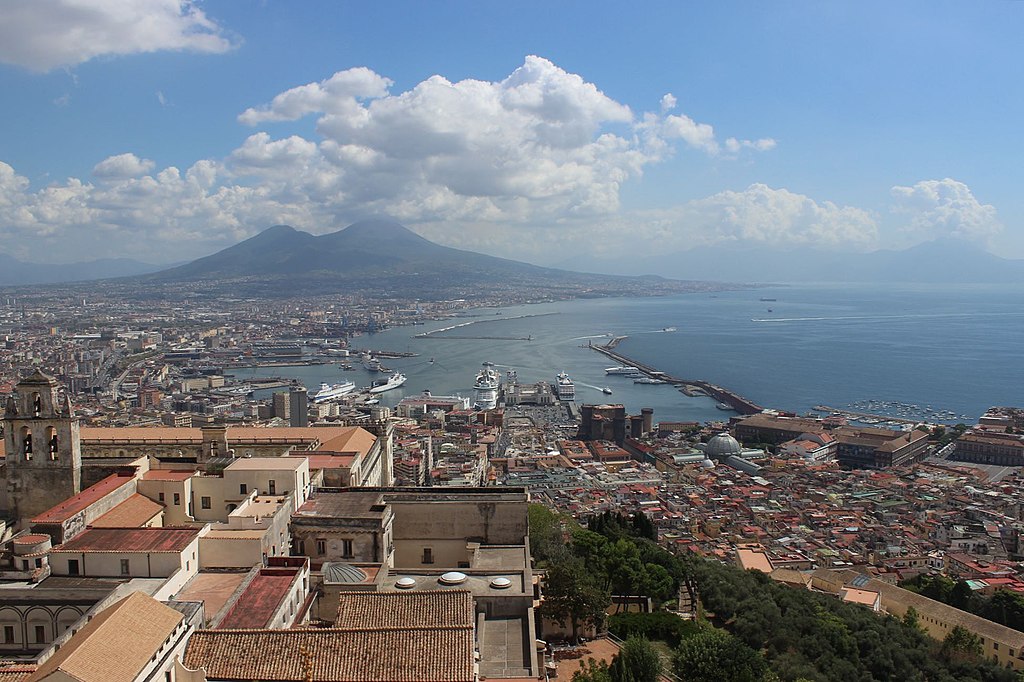
Naples, located near Mount Vesuvius, offers a blend of ancient history and vibrant street life. Famous for its pizza, Naples boasts historic sites and a stunning coastal view of the Bay of Naples.
Interesting Fact:
Naples is widely considered the birthplace of pizza, with the margherita pizza named after Queen Margherita of Italy.
Turin – Population: 846,926

Turin is known for its elegant architecture, including baroque palaces and the landmark Mole Antonelliana. It is also the birthplace of the Fiat automobile and a major center for Italian industry.
Interesting Fact:
Turin hosted the Winter Olympics in 2006, bringing international attention to its mountains and sports venues.
Palermo – Population: 628,894

Palermo, the capital of Sicily, has a unique blend of Arab, Norman, and Byzantine influences. It’s known for its vibrant markets, stunning palaces, and historic churches.
Interesting Fact:
Palermo’s Teatro Massimo is Italy’s largest opera house and one of the largest in Europe.
Genoa – Population: 561,947
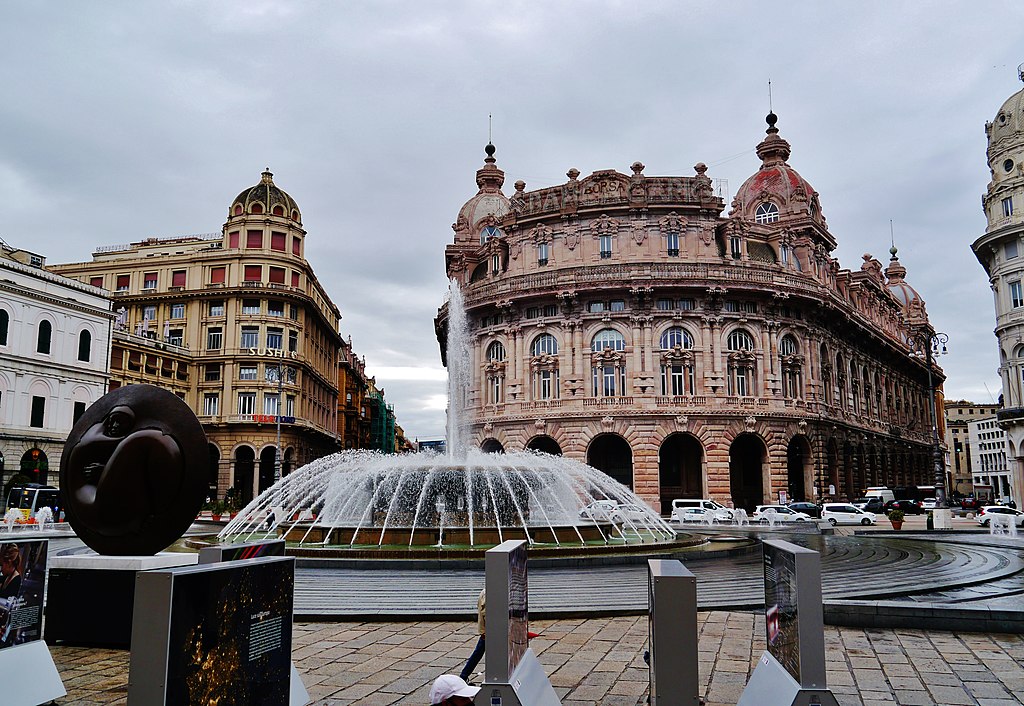
Genoa, a port city on Italy’s northwest coast, has a rich maritime history and was home to Christopher Columbus. It features a charming old town and a bustling seafront.
Interesting Fact:
Genoa’s port is Italy’s largest and one of the busiest in the Mediterranean.
Bologna – Population: 390,518

Bologna is known for its medieval towers, rich cuisine, and the oldest university in the Western world. It’s a major center for education and gastronomy.
Interesting Fact:
Bologna’s University, founded in 1088, is the oldest continuously operating university in the world.
Florence – Population: 363,837

Florence, the birthplace of the Renaissance, is famous for its art, architecture, and historical significance. It’s home to Michelangelo’s “David” and numerous masterpieces.
Interesting Fact:
Florence’s iconic Cathedral, the Duomo, has the largest brick dome ever constructed.
Bari – Population: 316,212
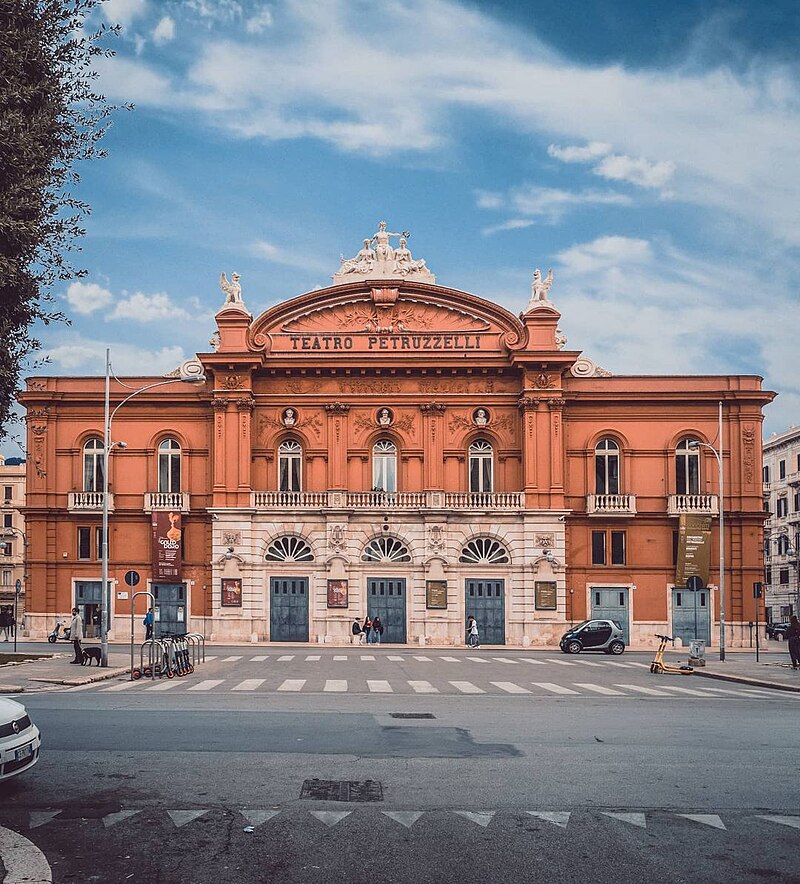
Bari, a port city on the Adriatic Sea, is known for its historic old town and coastal attractions. It’s an important cultural and economic hub in the Puglia region.
Interesting Fact:
The Basilica of Saint Nicholas in Bari holds relics of Saint Nicholas, the inspiration for Santa Claus.
Catania – Population: 298,209
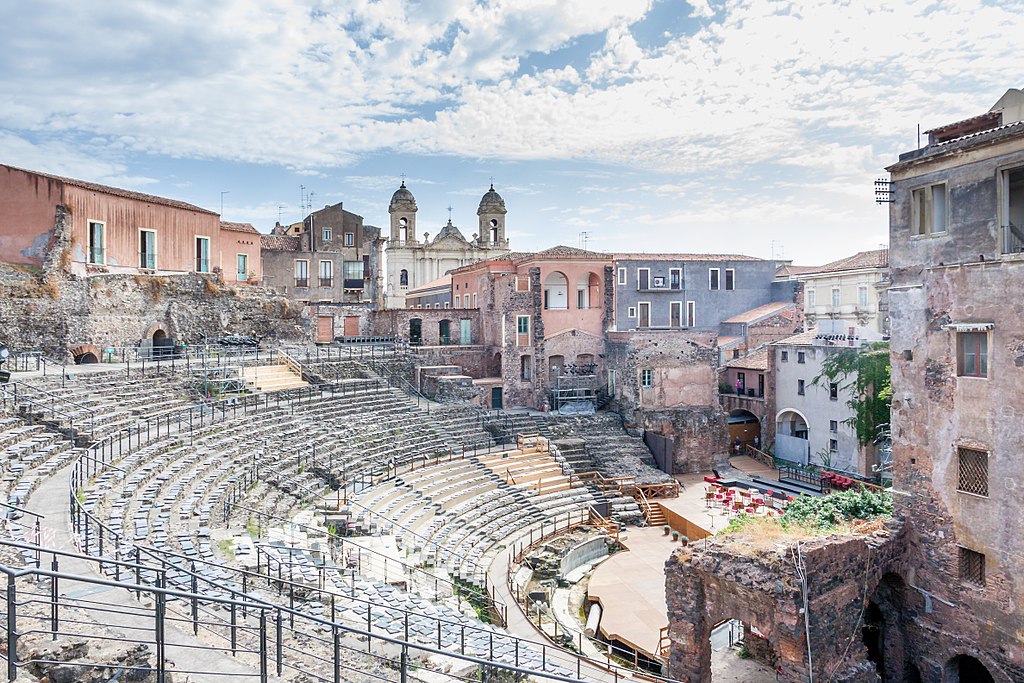
Catania, located on Sicily’s eastern coast, lies at the base of Mount Etna. Known for its baroque architecture, Catania is a UNESCO World Heritage site.
Interesting Fact:
Catania has been destroyed seven times by Mount Etna’s eruptions, leading to its nickname “the Phoenix City.”
Verona – Population: 255,643
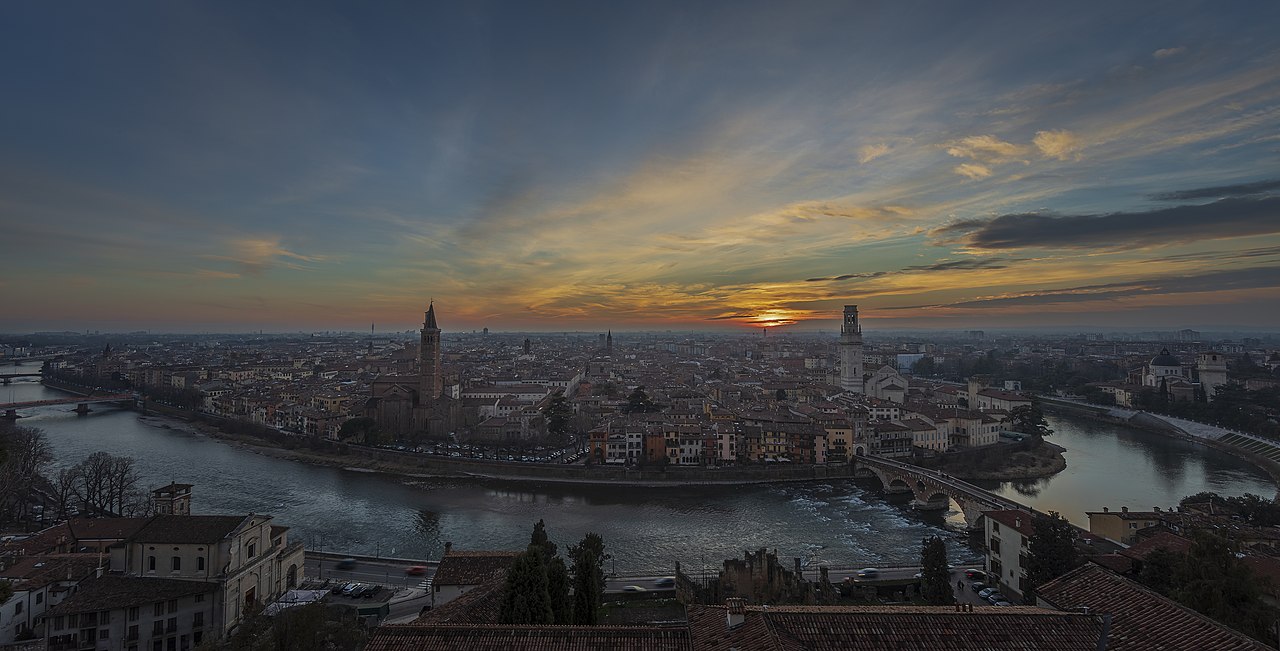
Verona, famously known as the setting of Shakespeare’s “Romeo and Juliet,” is filled with Roman architecture, including a remarkably preserved arena that hosts concerts and opera performances.
Interesting Fact:
Verona’s ancient amphitheater, the Arena di Verona, dates back to the first century and can hold over 20,000 spectators.
Venice – Population: 250,369

Venice, known for its iconic canals, gondolas, and St. Mark’s Basilica, is one of the most unique cities in the world. Built on over 100 small islands, Venice has no roads—only canals and footbridges.
Interesting Fact:
Venice sinks by about 1-2 millimeters every year due to rising sea levels and subsidence.
Messina – Population: 217,895
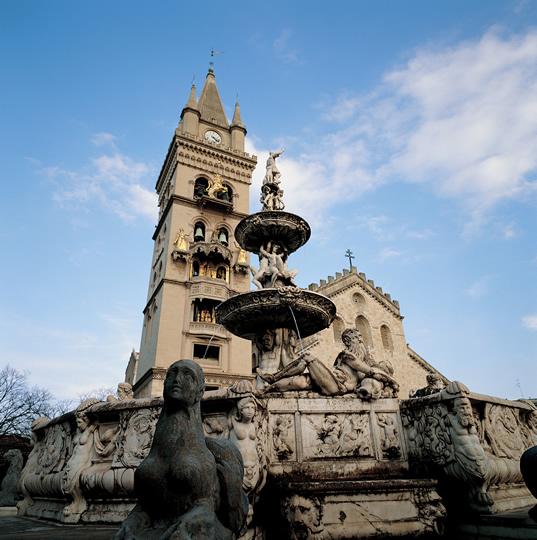
Messina is the gateway to Sicily, located near the Strait of Messina. Known for its port, the city has a rich maritime history and a mix of Norman and Gothic architecture.
Interesting Fact:
Messina’s astronomical clock in the Cathedral Bell Tower is one of the largest and most complex in the world.
Padua – Population: 207,301
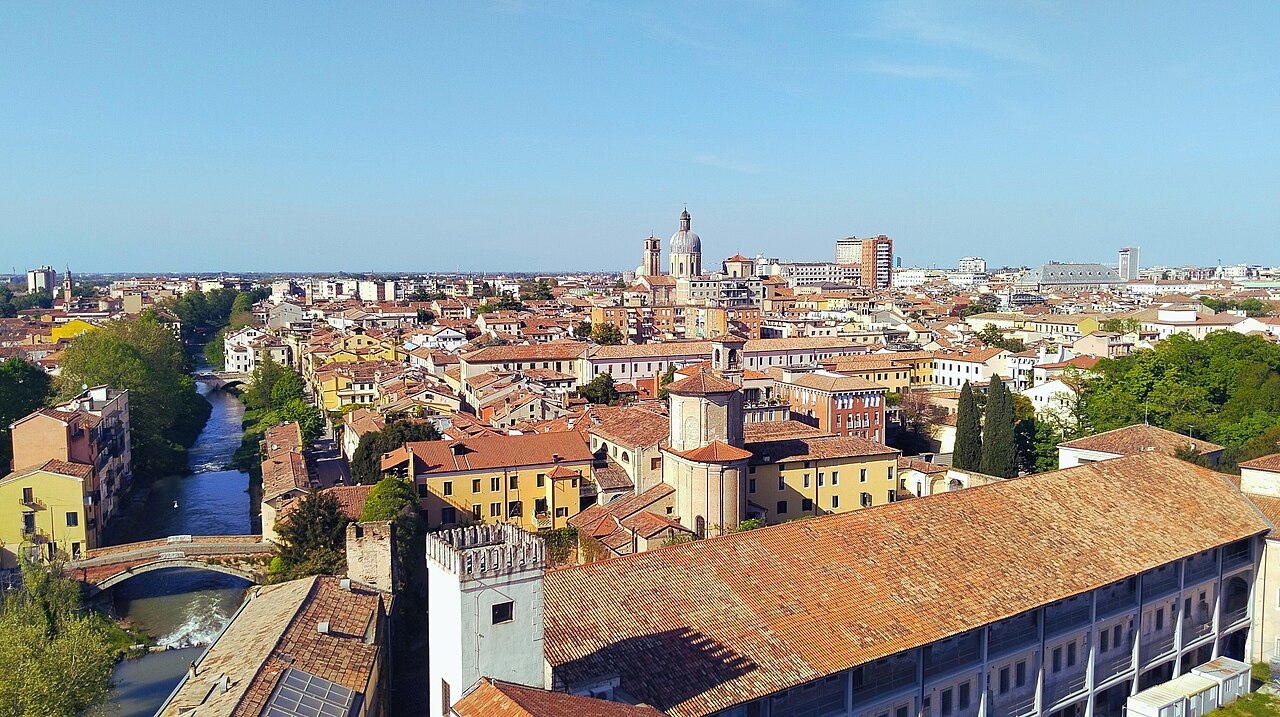
Padua, a city known for its university and cultural heritage, boasts remarkable sites like the Scrovegni Chapel with frescoes by Giotto and the Basilica of Saint Anthony.
Interesting Fact:
The University of Padua, founded in 1222, was one of the first in Europe to grant degrees to women.
Trieste – Population: 199,400

Trieste, located near Italy’s border with Slovenia, is known for its literary history, cultural diversity, and beautiful Adriatic coastline. It was a key port in the Austro-Hungarian Empire.
Interesting Fact:
James Joyce lived in Trieste for over a decade and wrote parts of “Ulysses” there.
Brescia – Population: 198,688
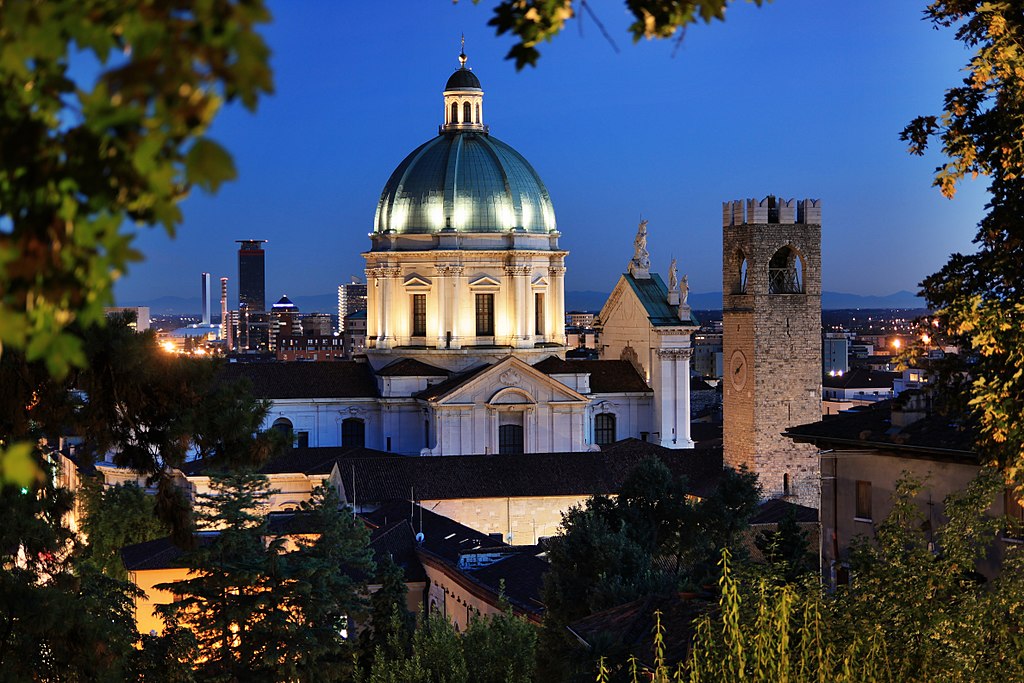
Brescia, in northern Italy, is known for its Roman and medieval architecture, including the Temple of Capitolium. It is also home to the Mille Miglia, an iconic car race.
Interesting Fact:
Brescia has the largest Roman archaeological area in northern Italy.
Parma – Population: 198,496
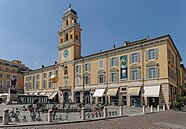
Parma is famous for its culinary contributions, especially Parmigiano-Reggiano cheese and Parma ham. The city also has beautiful Renaissance art and architecture.
Interesting Fact:
Parma’s Teatro Regio is one of Italy’s most prestigious opera houses.
Prato – Population: 198,034
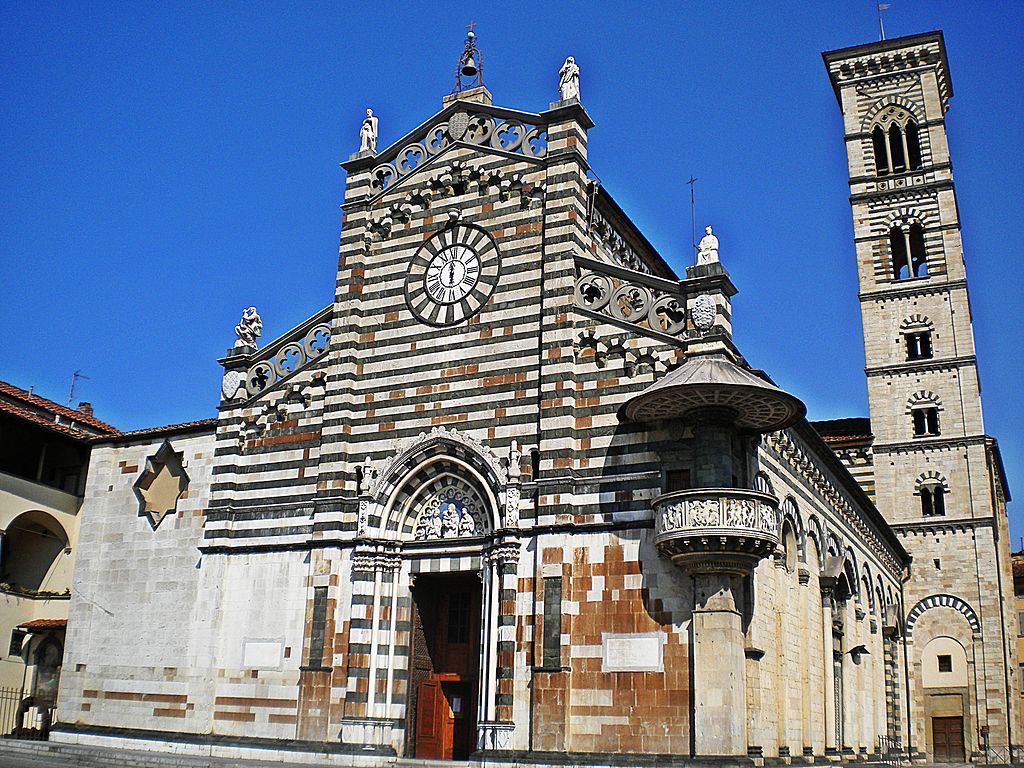
Prato, near Florence, is known for its textile industry and the historical center with landmarks like the Prato Cathedral. It’s also celebrated for its biscotti, a famous Italian treat.
Interesting Fact:
Prato is home to one of the largest Chinese communities in Italy.
Taranto – Population: 186,798
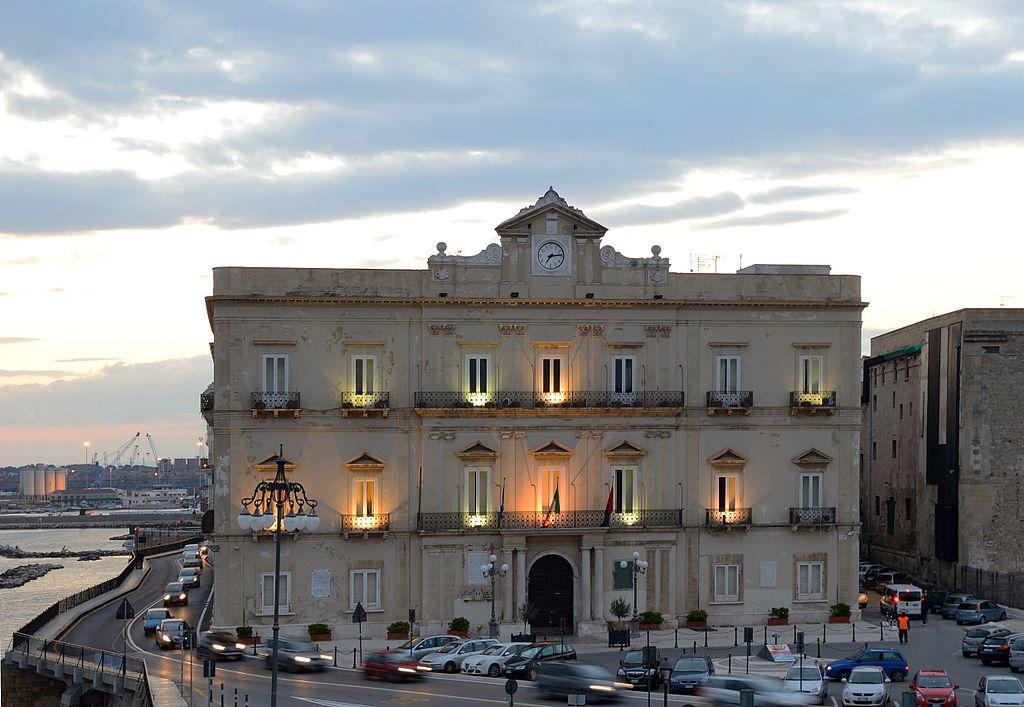
Taranto, a historic port city on the Ionian Sea, has ancient Greek origins and is known for its military port and the Aragonese Castle.
Interesting Fact:
Taranto was once known as the “Sparta of the West” due to its ancient Greek heritage.
Modena – Population: 185,009
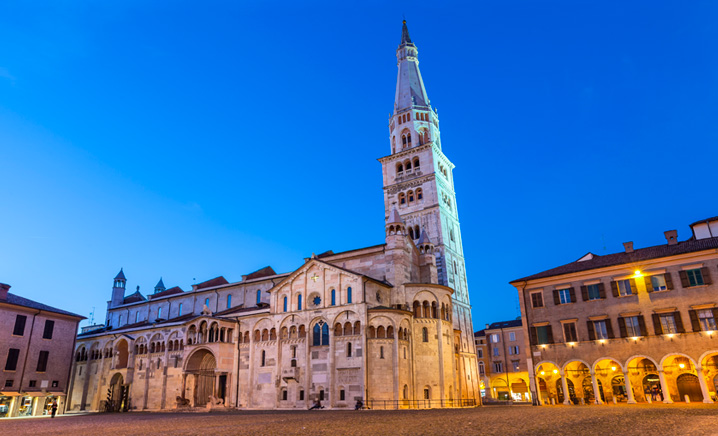
Modena is renowned for its culinary heritage, especially balsamic vinegar. It’s also known as the birthplace of famous Italian sports cars, such as Ferrari and Lamborghini.
Interesting Fact:
Luciano Pavarotti, one of the world’s greatest tenors, was born in Modena.
Reggio nell’Emilia – Population: 171,342
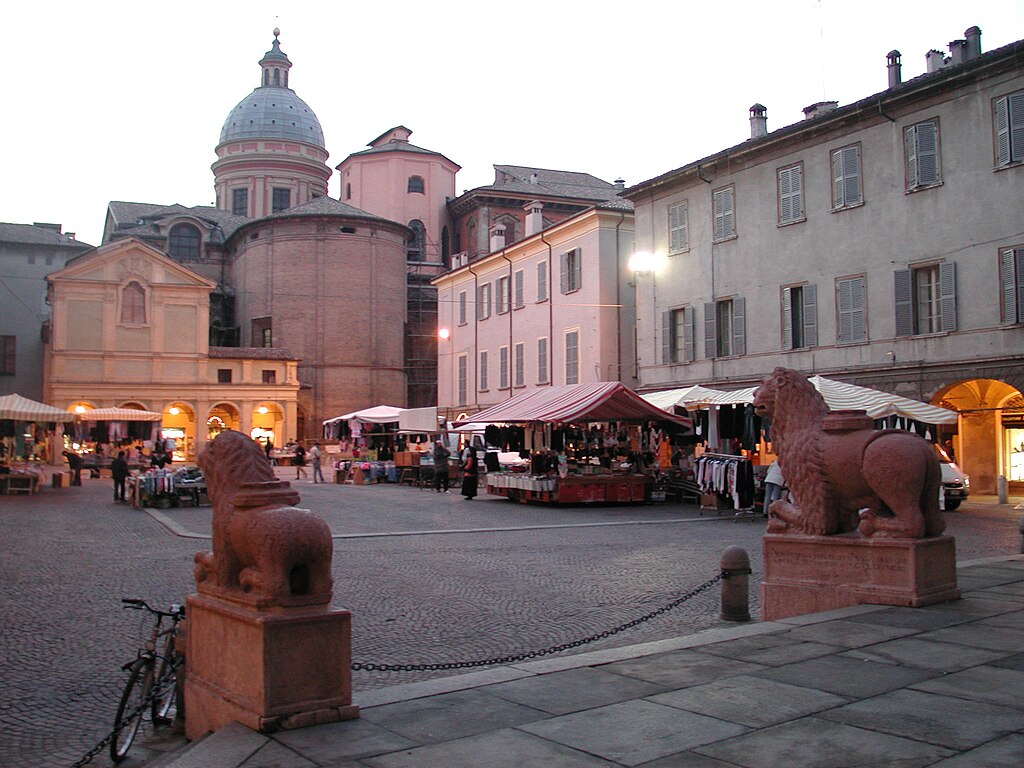
Reggio nell’Emilia, located in northern Italy, is known for its vibrant cultural scene and its contributions to the Italian flag, which originated here.
Interesting Fact:
The Italian tricolor flag was first adopted in Reggio Emilia in 1797.
Reggio di Calabria – Population: 169,795
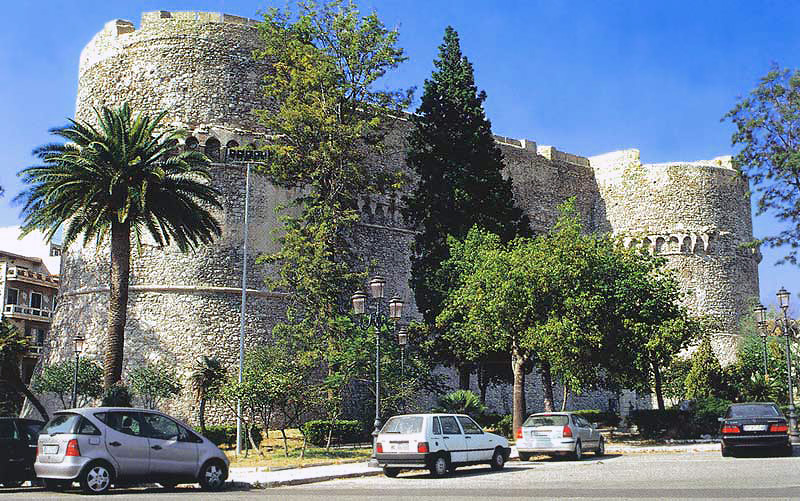
Reggio di Calabria, located on the “toe” of Italy’s boot, has beautiful beaches and the famous Riace Bronzes, ancient Greek statues.
Interesting Fact:
Reggio is one of the oldest cities in Italy, founded in 743 BC.
Perugia – Population: 162,527
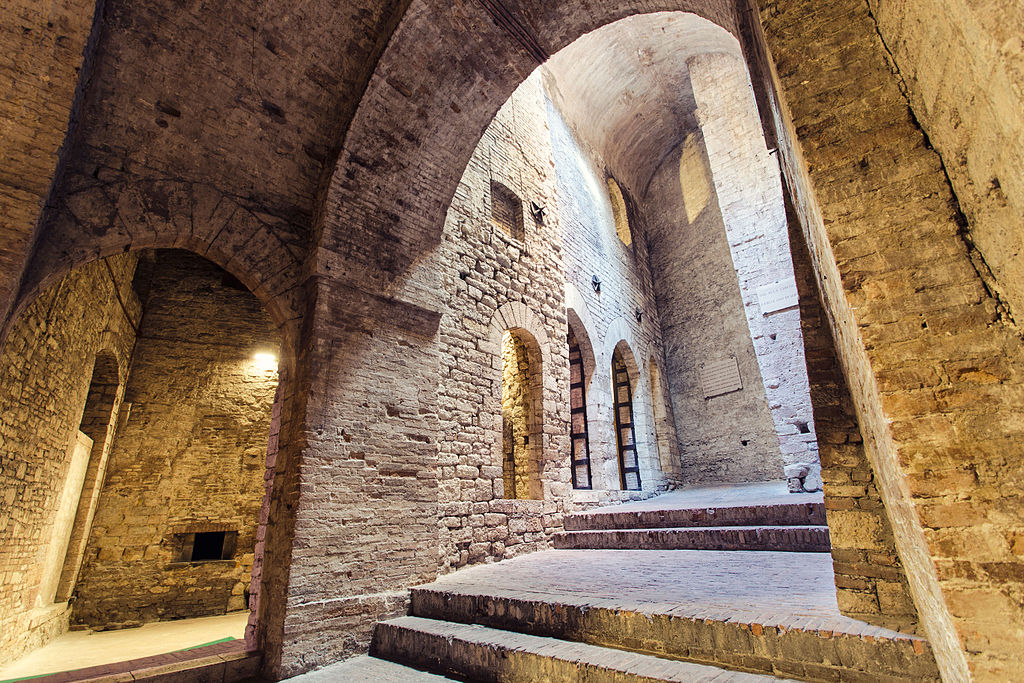
Perugia, the capital of the Umbria region, is known for its medieval architecture, universities, and the famous Perugina chocolate factory.
Interesting Fact:
Perugia hosts the annual Eurochocolate festival, attracting chocolate lovers from around the world.
Ravenna – Population: 156,345
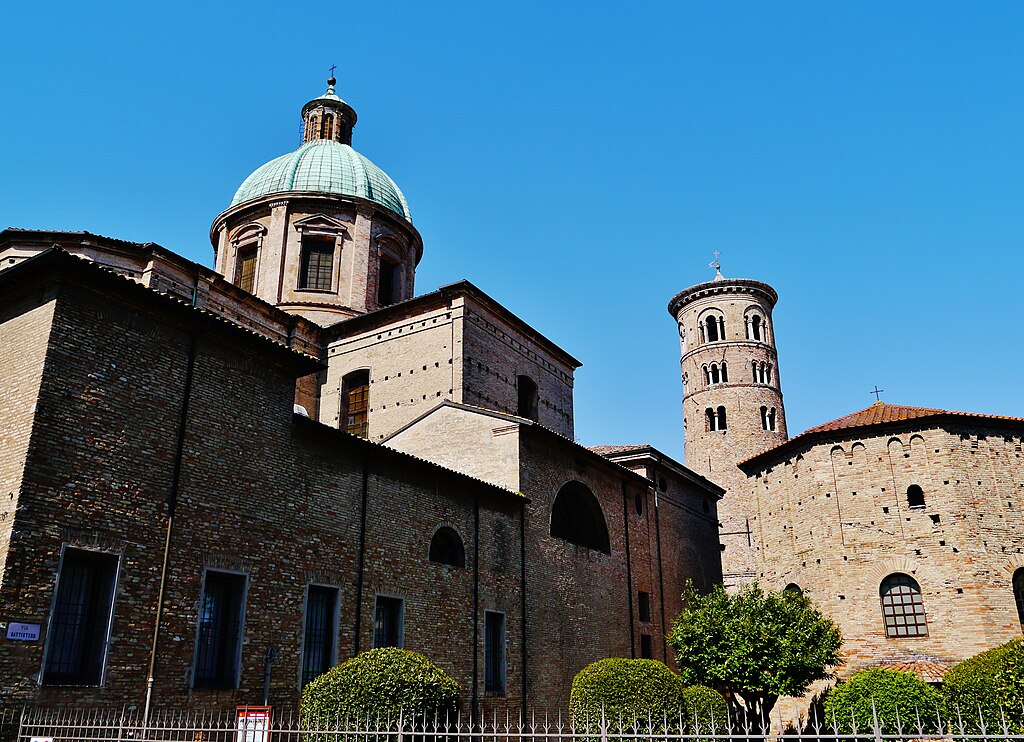
Ravenna is celebrated for its well-preserved Byzantine mosaics and its role as the capital of the Western Roman Empire in the 5th century.
Interesting Fact:
Ravenna is the final resting place of the poet Dante Alighieri.
Livorno – Population: 153,186

Livorno, a port city on the Tuscan coast, is known for its seafood, Renaissance fortifications, and multicultural heritage due to its maritime trade.
Interesting Fact:
Livorno was one of Italy’s first cities to adopt a multicultural identity, welcoming traders from across the Mediterranean.



